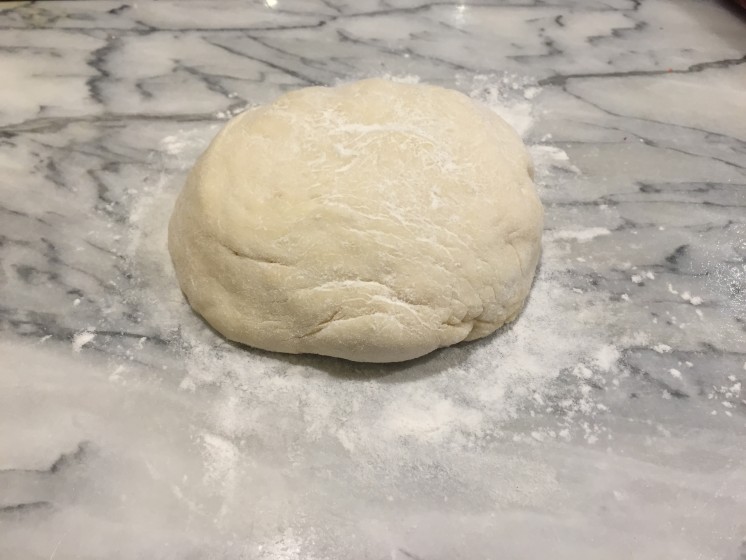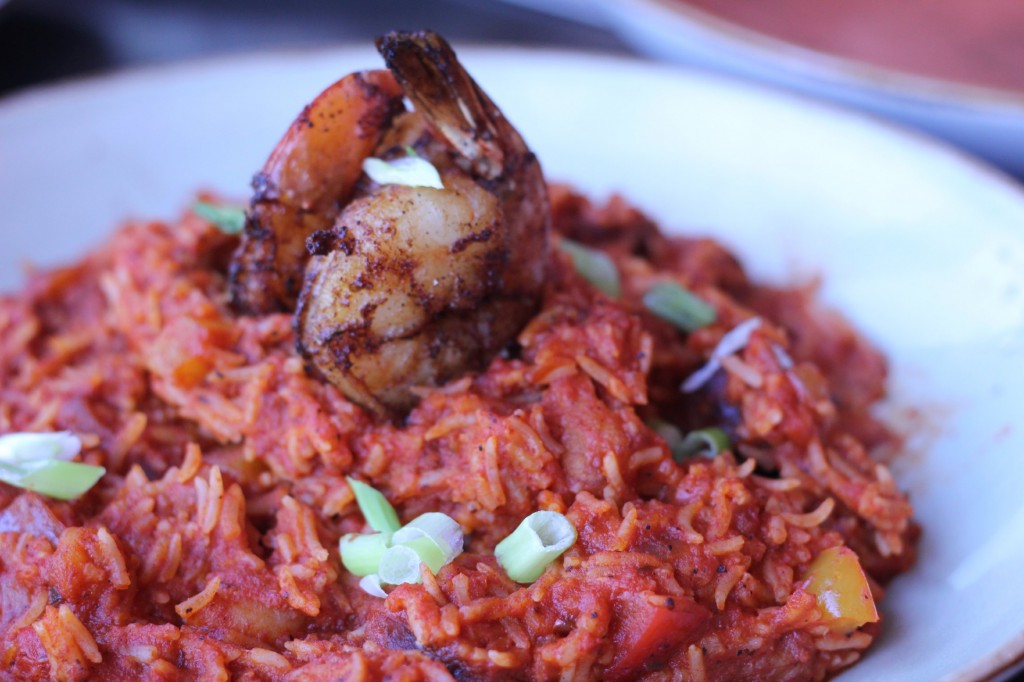This is the fifth post in a short guide to buying local on a budget. Part one is all about affordable local switches part two is about maximizing the use of your local finds, part three is about what grows here, when, and how to use it and part four is about building a basic pantry.
Once you’ve built a basic pantry, it’s time to learn a few basic recipes. We look for recipes that have 5 ingredients or less, which are relatively easy to put together quickly, and which make a great base to add healthy, delicious, seasonal products to. I’ve made a list of our go-to’s below, including a sample of local veggies, fruit, dairy, meat, and specialty goods you can mix and match depending on your mood or season.
A note to readers – I couldn’t cook much beyond a single dish before last year. The first time I tried some of these recipes, they worked great, but others took a second (and sometimes third) try. Stick with it. It gets easier and faster every time and having an arsenal of cheap, quick basics has made a big difference to our food budget and the diversity of our weekly menus.
Pizza Dough:
Pizza is my go-to party tag along. I use a basic recipe from Martha Stewart. I’ve tried many, and most are similar, but this one cooks up light and fluffy and delicious for me every time. Her recipe makes three large pizzas for me. You can roll the dough as thin or thick as you like, but roll it thinner than you expect it to turn out. Pizza is great for using up leftovers or for purchasing small amounts of local goodies. A little goes a long way, and those local ingredients really steal the show on this simple base.
Local Add-Ins:
Tomato, Spinach, Onion, Zucchini, Mushroom, Garlic, Potato, Pepper, Arugula, Peach, Apple, Kale, Leek, Pear, Corn, Sunchoke, Feta, Goats Cheese, Pizza Cheese (Foxhill), Urban Blue Cheese, Bacon Ends, Sausage, Left Over Chicken, Ground Beef, Pepperoni, Parmesan, Ham, Honey, Basil
Some of Our Favourite Combos:
Simple Veggie: Onion, Zuccinni, Peppers, and Mushrooms, lightly cooked then added to a tomato sauce or oil base pizza and topped with pizza cheese or mozzarella.
Blue Apple: Oil base (or oil and garlic base), thin sliced urban blue (a little goes a long way), grated apple, ham or bacon if you’d like to add meat, topped with pizza cheese or mozzarella.
Hot Honey: This recipe was inspired from Paulie G’s in brooklyn. Spice oil base (recipe here) drizzled with a small amount of NS honey and topped with spicy local pepperoni then topped with pizza cheese or mozzarella.
Greek: Oil and garlic sauce, torn pieces of spinach, crumbled feta, chopped tomatoes, pizza cheese or mozzarella.
Corn Tortillas:
These have just two ingredients – Masa Harina and water. The first time making them was a bit of a learning curve in how hot my pan should be and what they look like when they’re ready to be flipped, but now they are quite quick to put together. They form the base for taco night. We like using eggs in our tacos instead of meat (which sounds gross but is delish), combined with salsa, cilantro, hot sauce, cheese, refried beans and chopped vegetables.
Local Add-Ins:
Tomatoes, Onions, Cheese, Prepared Salsa, Cilantro, Spinach, Lettuce, Fish, Pork, Chicken, Beef, Hot Sauce, Eggs, Tofu.
Flour Wraps:
This one is similar to the recipe above, however flour wraps keep their softness longer and are better for on-the-go.
Local Add-In’s
Tomato, Cucumber, Onion, Cheese, Cilantro, Spinach, Lettuce, Local Sandwich Meat, Egg, Tofu, Prepared Local Spreads like hummus and spicy cilantro sauce.
Quiche:
A basic crustless quiche is a cheap, healthy way to incorporate all different combinations of local vegetables, meat, and cheese into your diet. You can easily make a quiche using entirely local products. There are so many ingredients to choose from, but here are a few ideas:
Spinach, peppers, asparagus, ham, onion, cheese, sausage, bacon, Tomato, Zucchini, Mushroom, Garlic, Potato, Kale, Leek, Corn, Sunchoke.
Rice:
Okay, so you aren’t going to make rice, but having rice on-hand is a great and affordable base for a huge array of local food. We particularly like making Jambalaya. We mix our non-local ingredients (rice and spices) with local ingredients like sausage, celery, onion, peppers, tomatoes and our home made broth for a hugely satisfying, cheap and easy one-pot meal. Find the recipe we use in the Good and Cheap Cookbook on page 49 (free online HERE)
Rice is also great with local products to create fried rice or steamed rice like green rice (spinach and cilantro), veggie fried rice (whatever veggies you have on-hand and a local egg), and to use up leftover local meat so that nothing goes to waste.
Dressing:
Salad is another great, easy way to incorporate lots of local produce or to use up leftovers. There is no wrong way to make a salad, and as I’ve learned you don’t need to have lettuce or leafy greens to make a hearty, delicious salad. Our favourite dressing at the moment is one that can also use a few local ingredients mixed with pantry items. It is so good and so easy to make. This one uses Nova Scotia Blueberries, but you could substitute any local seasonal berry, or maybe even peaches!
Pie Crust:
A basic pie crust take a few tries to perfect, but it is a great base to fill with local ingredients for both dinners and desserts. On the dinner side, root veggies and local meats make a great range of pie that can be served right away or frozen for a quick dinner down the road. That’s weaved local bacon on top of that pie, in case you’re wondering.
On the sweet side, pies, tarts and turnovers can be filled it with a whole array of seasonal fruits, rhubarb, strawberry, blueberry, raspberry, apples, peaches and pumpkins. Again, fruit pies make for easy freezing, so make it when the harvest is at its peak and save it for those colder winter months.
There are lots more ideas in our March post – 31 Cooking Hacks That Will Change Your Grocery List Forever.
You can also check out the first four posts in this series:
1: Affordable Local Food – Easy local switches.
2: Reduce Your Waste – Getting the most out of local purchases
3: Know Your Local Options – What grows here, when, where can you get it and how can you use it.
4. Building a Basic Pantry







